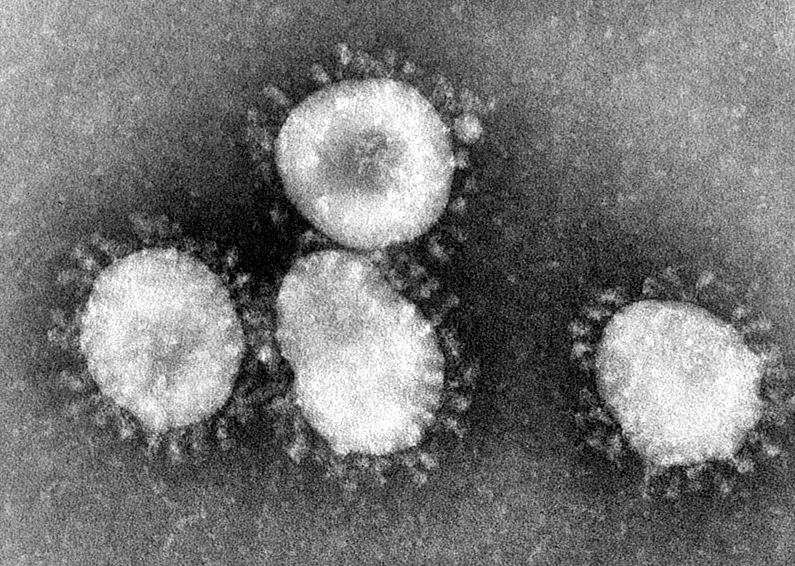Coronavirus cases arise in the U.S.
March 4, 2020
Just as the pace of the coronavirus outbreak seemed to be slowing down in China, Europe and the U.S. are preparing for the pandemic as of late February as the illness spreads from Italy. While new cases continue to arise in the Middle East and Latin America, the number of cases in the U.S. is rapidly increasing.
Previously, American health authorities have warned the U.S. that it is no longer a matter of if, but when the epidemic hits. The time has come and hospitals, businesses and schools are starting to prepare. According to a March 3 article from USA Today, there have been over 100 reported cases and six deaths.
Students and faculty at West Essex remained unsure as to the full extent of what the quickly spreading illness means for the district and beyond.
“I don’t think we have been given complete information on how bad the coronavirus really is, but we also have to be critical of this information at the same time,” Honors and AP Biology teacher Jody Dolce said. “It is most definitely something to worry about, however, we survived the swine flu and all other viruses that were in large proportions. Everyone just needs to practice basic hygiene such as washing your hands because it goes a long way to prevent any sickness.”
“I think that if the coronavirus continues to spread in the U.S. and that if it spreads fast, then we will have a serious problem, even though we may seem prepared.”
Nationwide, hospitals are dealing with the widespread outbreak by conserving medical supplies such as ventilators, the New York Times reports. Hospital administrators also plan on treating patients outside of their facilities, using telemedicine, which is a form of health care over the phone.
Many important drugs including aspirin, ibuprofen and penicillin are manufactured in China or include ingredients made only from there, which threatens the supply of these drugs that health care facilities rely on.
The C.D.C warned Americans how to recognize symptoms and how to prevent, treat and test for the virus. Symptoms can appear between two and 14 days after exposure, some including fever, cough and shortness of breath.









